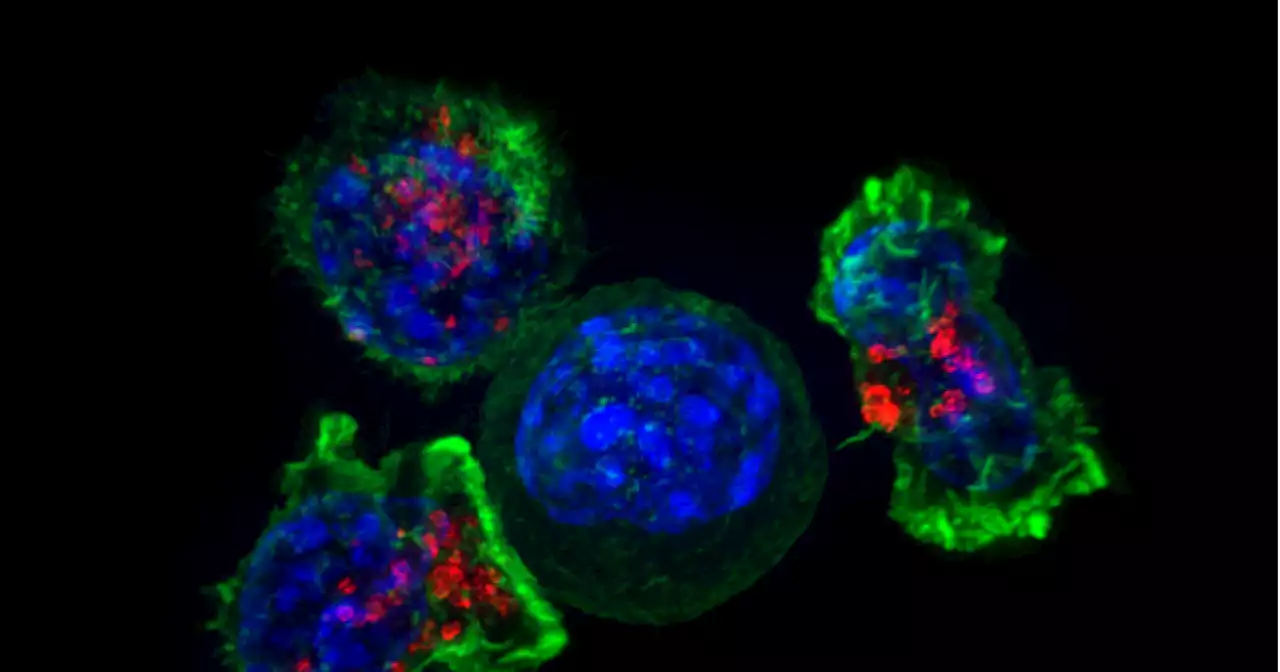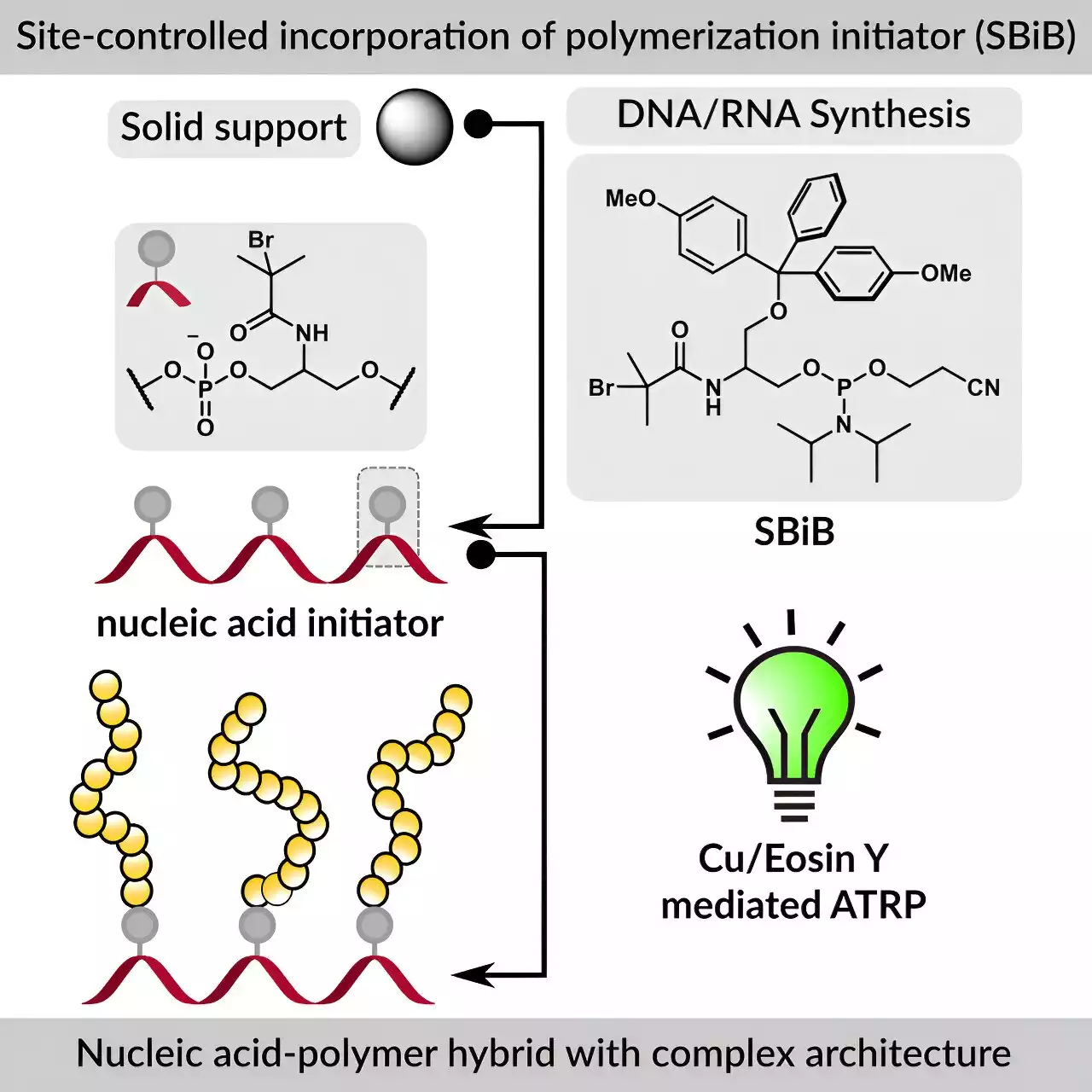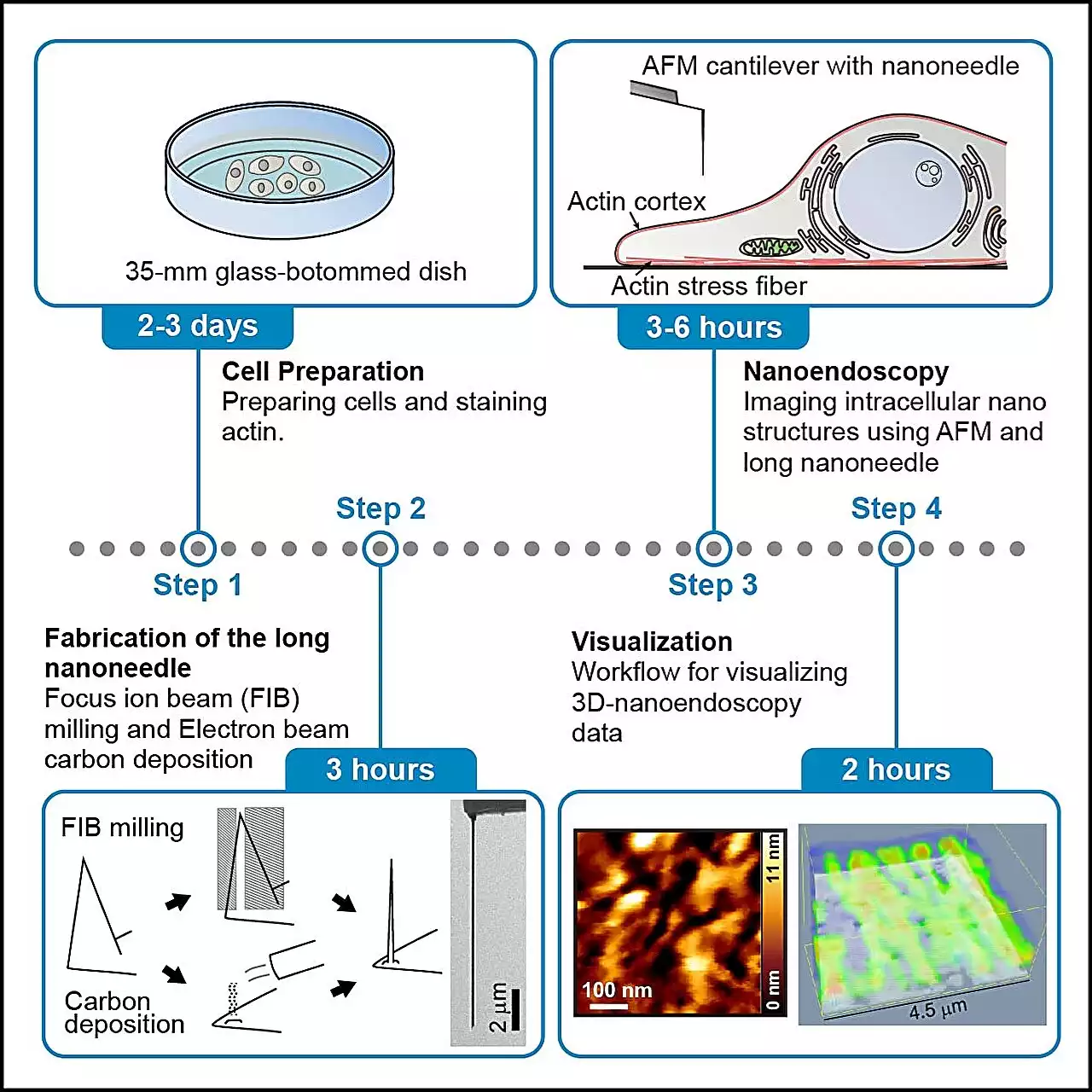Images of nanoscale structures inside living cells are in increasing demand for the insights into cellular structure and function that they can reveal. So far, the tools for capturing such images have been limited, but researchers led by Takeshi Fukuma and Takehiko Ichikawa at Kanazawa University have now devised and reported a full protocol for using atomic force microscopy (AFM) to image inside living cells. The research is published in the journal STAR Protocols.
is regularly used on living cells, but while fluorescence techniques exist to increase resolution, there are practical challenges that inhibit fluorescence imaging at the nanoscale.
AFM suffers from neither limitation, and by embellishing the tool with a nanoneedle to penetrate cells, Fukuma, Ichikawa and their collaborators have recently demonstrated its ability to image inside cells at the nanoscale, which they describe as nanoendoscopy-AFM. In their protocol, the researchers break down the method for nanoendoscopy-AFM into four stages. The first few steps involve cell preparation and staining with aand checking the fluorescence, which is used to identify the imaging area quickly. Next is the fabrication of the nanoneedles themselves, for which there are two options—either etching away a nanoneedle structure with a focused ion beam or building one up with electron beam deposition.
Then comes the nanoendoscopy stage itself, and in the report, the researchers describe the approach for both 2D and 3D nanoendoscopy. There are even details outlined to describe the best way to clean up after the nanoendoscopy images are captured before finally outlining the data processing needed to visualize the measured data. The method is replete with tips for successfully accomplishing each stage as well as a guide for troubleshooting when things are not quite working out.
This technique should be suitable for the observation of intact intracellular structures, including mitochondria,
Malaysia Latest News, Malaysia Headlines
Similar News:You can also read news stories similar to this one that we have collected from other news sources.
 Cancer-killing T cells are getting help from San Diego researchersPapers from La Jolla Institution for Immunology and UCSD show innovative ways that key immune system fighters can be made stronger, more effective
Cancer-killing T cells are getting help from San Diego researchersPapers from La Jolla Institution for Immunology and UCSD show innovative ways that key immune system fighters can be made stronger, more effective
Read more »
 AI’s Dirty Little Secret: Stanford Researchers Expose Flaws in Text DetectorsIn a study recently published in the journal Patterns, researchers demonstrate that computer algorithms often used to identify AI-generated text frequently falsely label articles written by non-native language speakers as being created by artificial intelligence. The researchers warn that the unreli
AI’s Dirty Little Secret: Stanford Researchers Expose Flaws in Text DetectorsIn a study recently published in the journal Patterns, researchers demonstrate that computer algorithms often used to identify AI-generated text frequently falsely label articles written by non-native language speakers as being created by artificial intelligence. The researchers warn that the unreli
Read more »
 Researchers develop a new reagent and method to create DNA and RNA polymer biohybridsResearchers in Carnegie Mellon University's Department of Chemistry have developed a reagent that opens new possibilities for creating DNA and RNA-based materials that could be used in ultra-stable and smart sensors for biomedical applications. The work was published on Aug. 22 in the journal Chem.
Researchers develop a new reagent and method to create DNA and RNA polymer biohybridsResearchers in Carnegie Mellon University's Department of Chemistry have developed a reagent that opens new possibilities for creating DNA and RNA-based materials that could be used in ultra-stable and smart sensors for biomedical applications. The work was published on Aug. 22 in the journal Chem.
Read more »
 Researchers develop novel tumor-targeting nanospheres to improve light-based cancer diagnosis and treatmentIn a breakthrough in cancer therapeutics, a team of researchers at the Magzoub Biophysics Lab at NYU Abu Dhabi (NYUAD) has made a significant advance in light-based therapies—biocompatible and biodegradable tumor-targeting nanospheres that combine tumor detection and monitoring with potent, light-triggered cancer therapy to dramatically increase the efficacy of existing light-based approaches.
Researchers develop novel tumor-targeting nanospheres to improve light-based cancer diagnosis and treatmentIn a breakthrough in cancer therapeutics, a team of researchers at the Magzoub Biophysics Lab at NYU Abu Dhabi (NYUAD) has made a significant advance in light-based therapies—biocompatible and biodegradable tumor-targeting nanospheres that combine tumor detection and monitoring with potent, light-triggered cancer therapy to dramatically increase the efficacy of existing light-based approaches.
Read more »
 Researchers discover key functions of plasma membrane–cell wall adhesion in rice and critical genes involvedIn a study published in Nature Plants, a research team led by Prof. Chao Daiyin from the Center of Excellence for Molecular Plant Sciences of the Chinese Academy of Sciences identified a novel protein family in plants named as GAPLESS, and revealed that members of this family mediate the adhesion between the cell wall and the plasma membrane at the Casparian strip (CS), a barrier in the root endodermis. This adhesion plays a critical role in controlling nutrient transport and the growth development of rice.
Researchers discover key functions of plasma membrane–cell wall adhesion in rice and critical genes involvedIn a study published in Nature Plants, a research team led by Prof. Chao Daiyin from the Center of Excellence for Molecular Plant Sciences of the Chinese Academy of Sciences identified a novel protein family in plants named as GAPLESS, and revealed that members of this family mediate the adhesion between the cell wall and the plasma membrane at the Casparian strip (CS), a barrier in the root endodermis. This adhesion plays a critical role in controlling nutrient transport and the growth development of rice.
Read more »
 Researchers: Health evidence against gas and oil is piling up, as governments turn a blind eyeWe are seeing deadly heat and fires circle the world. The Intergovernmental Panel on Climate Change warns we are fast running out of time to secure a liveable and sustainable future. Without emergency action to stop mining and burning fossil fuels, the world faces an unthinkable 2.8℃ temperature rise.
Researchers: Health evidence against gas and oil is piling up, as governments turn a blind eyeWe are seeing deadly heat and fires circle the world. The Intergovernmental Panel on Climate Change warns we are fast running out of time to secure a liveable and sustainable future. Without emergency action to stop mining and burning fossil fuels, the world faces an unthinkable 2.8℃ temperature rise.
Read more »
